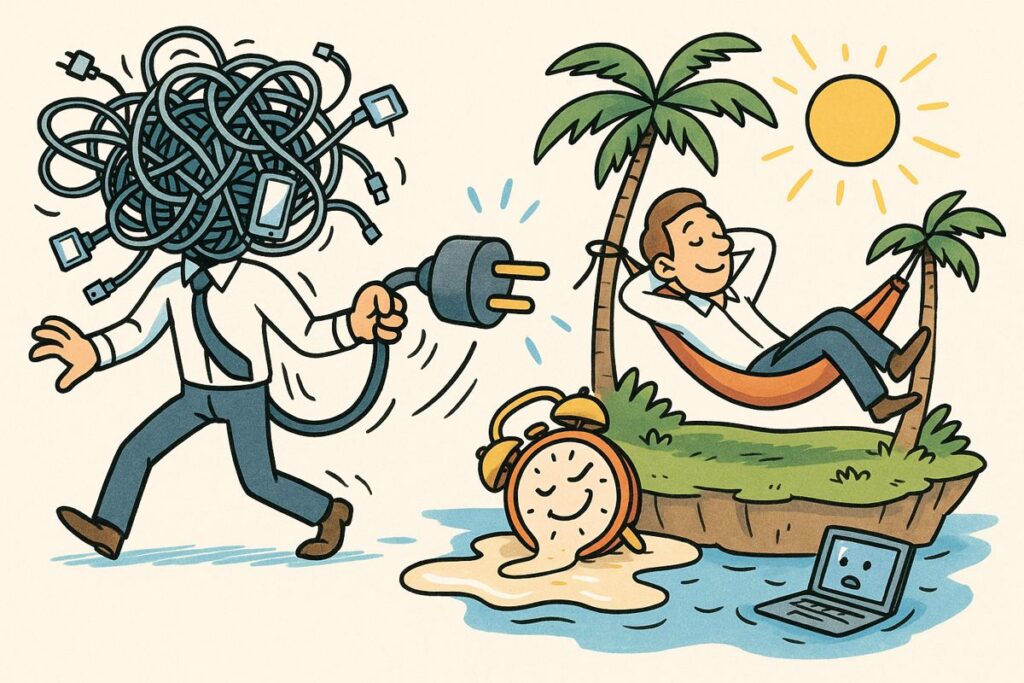Setting Boundaries in a Connected World
Modern workplaces are more connected than ever, often blurring the lines between professional and personal time. MIT Sloan Management Review’s curated collection of articles underscores the urgent need for clear boundaries. Research shows that when employees take explicit breaks and are empowered to detach from work, productivity, health, and happiness all improve. However, boundaries are deeply subjective—teams must regularly converse about expectations, with leaders modeling and supporting healthy detachment.
The Power of Breaks and Flexible Work
Experiments with four-day workweeks in several countries have yielded compelling results: increased job satisfaction, reduced stress, and equal or improved productivity. The “100-80-100” model—100% pay for 80% time at 100% output—demonstrates that high performance and wellbeing are not mutually exclusive. Companies that embrace flexible schedules and remote options consistently report higher performance and employee engagement, reinforcing the importance of valuing results over rigid attendance.
Wellness Practices for a Sober, High-Performing Lifestyle
True workplace wellness goes beyond perks; it promotes deep, sustainable wellbeing. Integrating practices such as mindfulness, regular exercise, and structured time-off bolsters both mental and physical health. These initiatives create genuine stress relief, sidestepping the false promise of alcohol as a coping mechanism. Research highlights that alcohol, contrary to popular belief, actually increases stress. Instead, effective stress management comes from nurturing healthy habits and changing mindsets—core principles in both sobriety and high-performance cultures.
Building Healthy Alternatives and Mindsets
Sustained wellbeing—at both the individual and organizational level—requires fostering new ways of thinking and behaving. Rather than searching for “replacements” for unhealthy patterns like drinking, successful recovery and workplace productivity stem from developing positive daily routines and supportive environments. Leaders who encourage employees to protect high-value personal time, recognize the limits of technology, and prioritize wellness create cultures where both performance and wellbeing thrive.
The Business Case for Wellbeing
Investing in employee happiness, flexibility, and mental health is not just a moral imperative—it’s a proven driver of business performance. Organizations that champion authentic work-life balance see higher engagement, stronger retention rates, and greater innovation. As generational expectations shift and the demand for meaningful, healthy work environments grows, workplace wellness is fast becoming a hallmark of modern leadership and organizational success.
Conclusion
The evidence is clear: unplugging from work, setting healthy boundaries, and embracing authentic wellbeing practices are essential for sustaining productivity and supporting a sober, high-performing lifestyle. In today’s ever-connected world, these strategies are not just helpful—they are imperative for growth, resilience, and genuine happiness.



